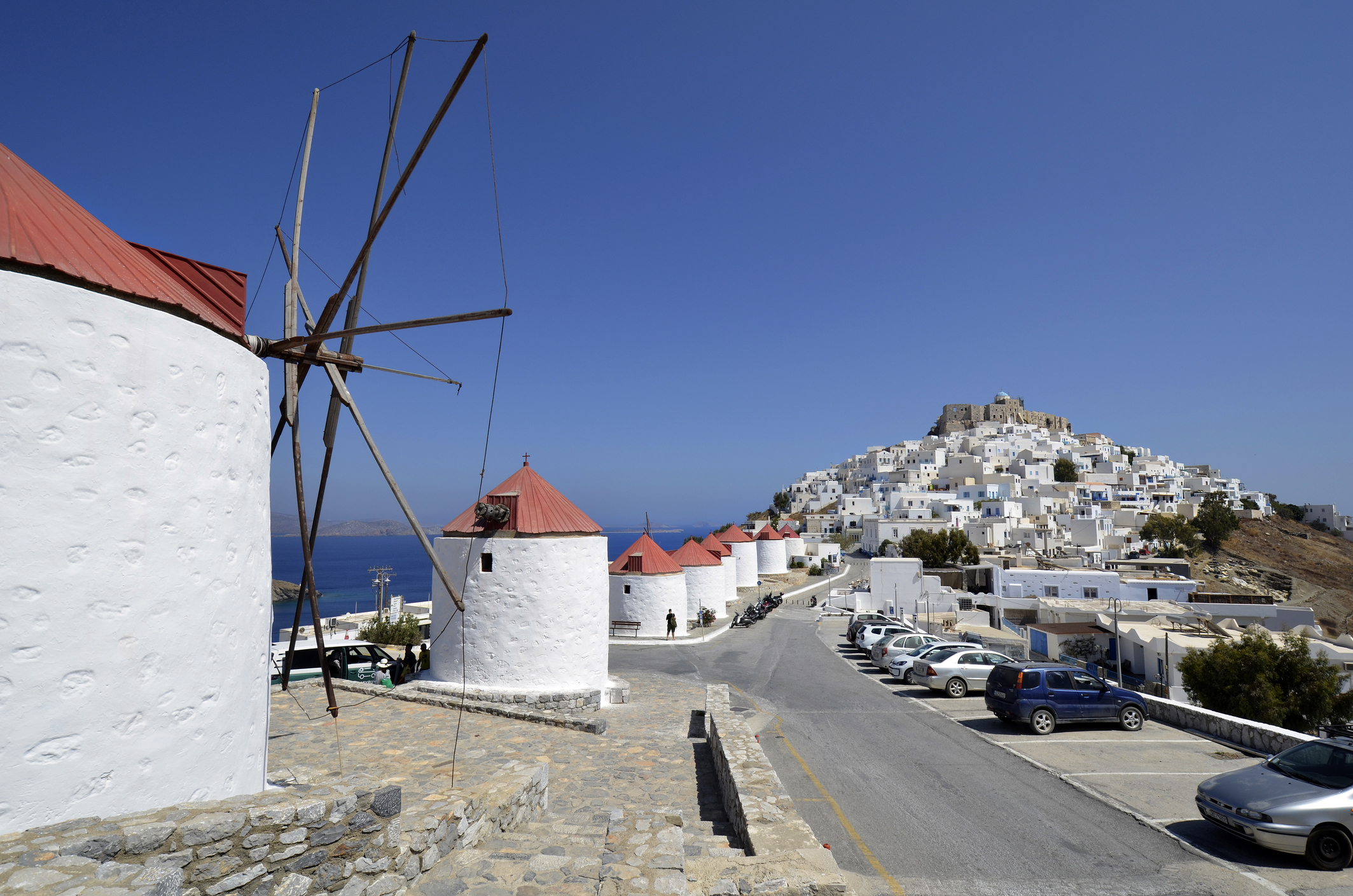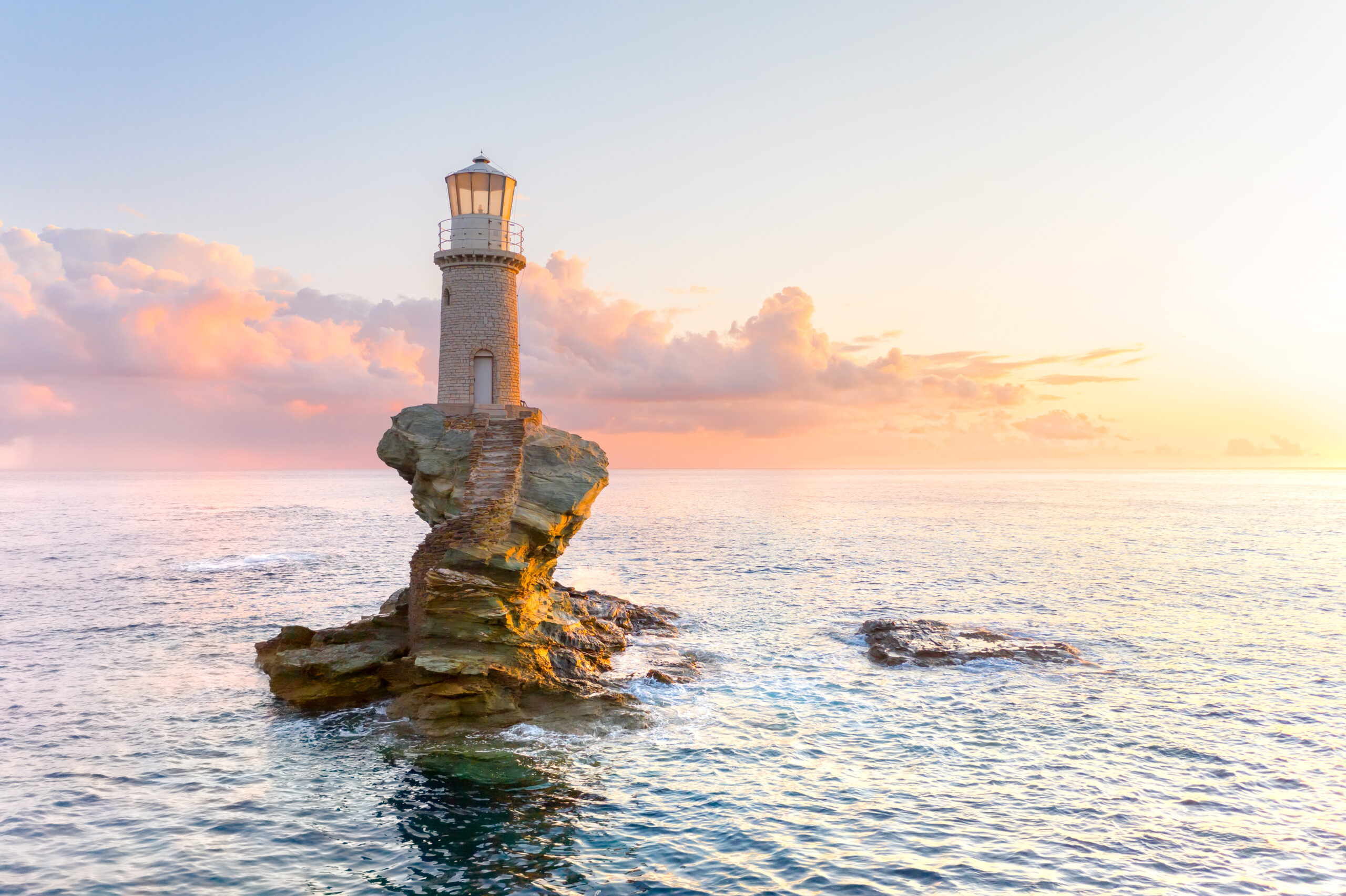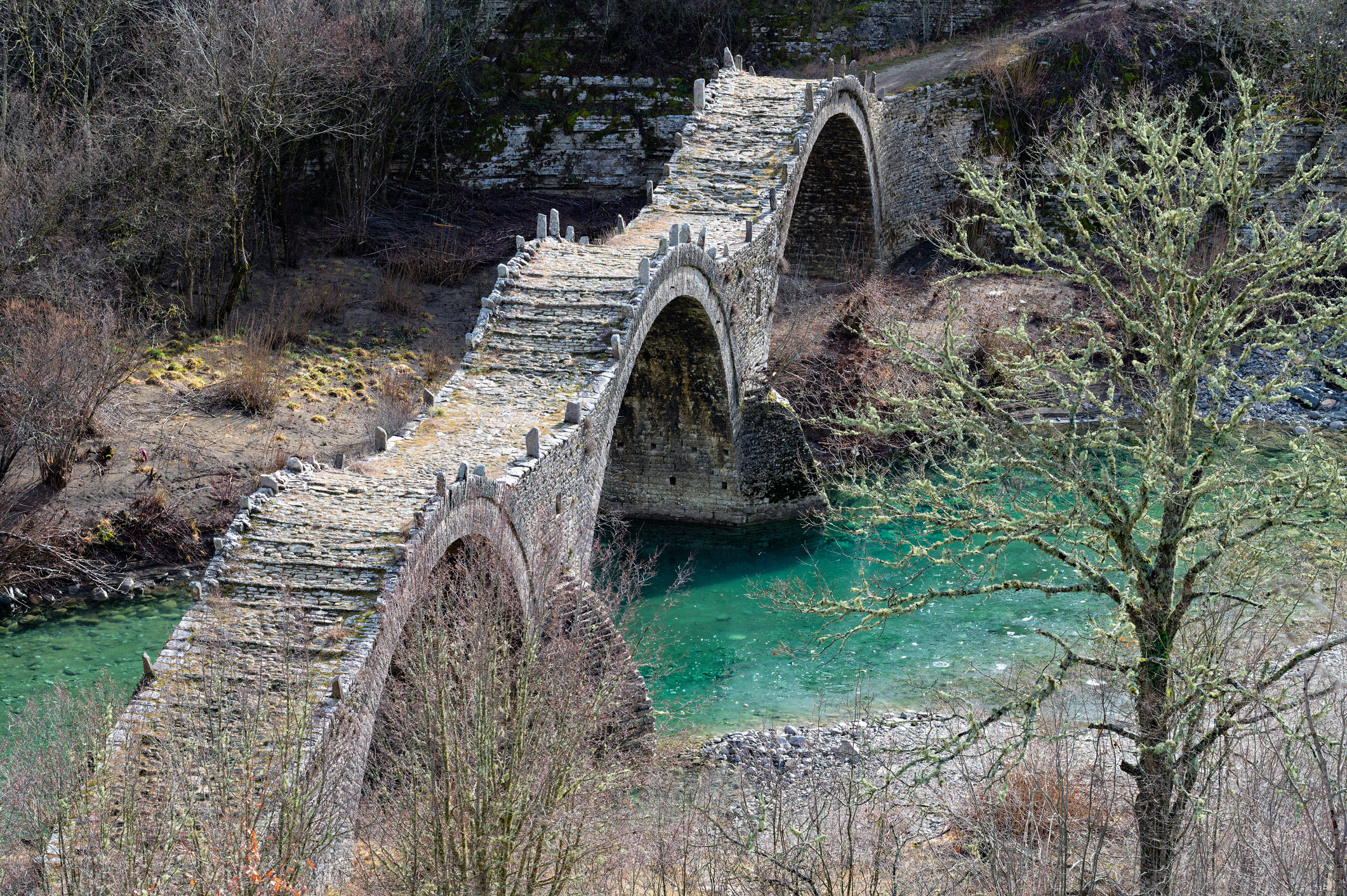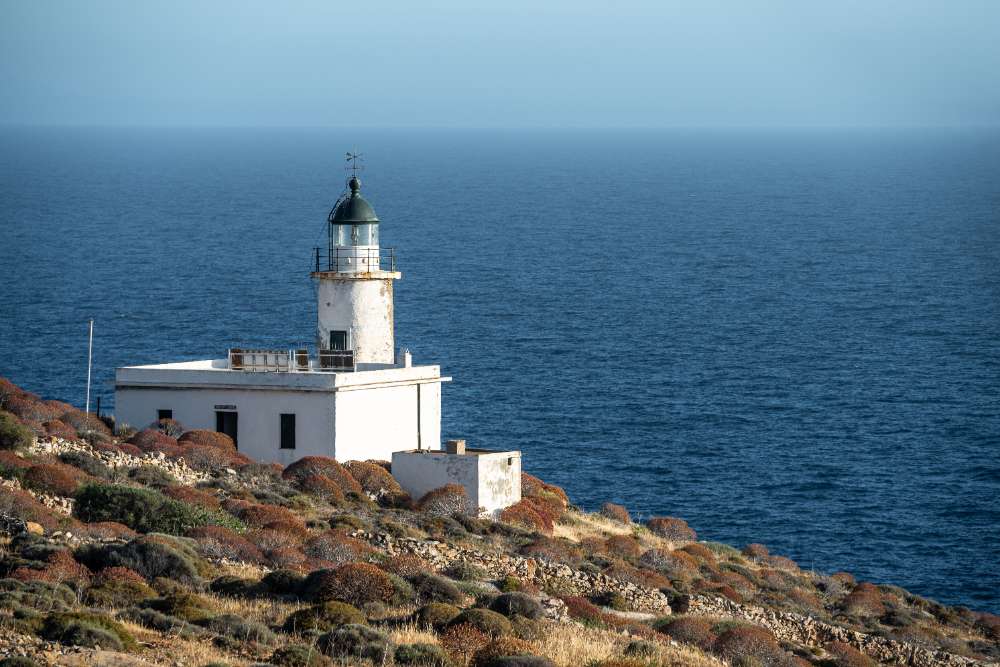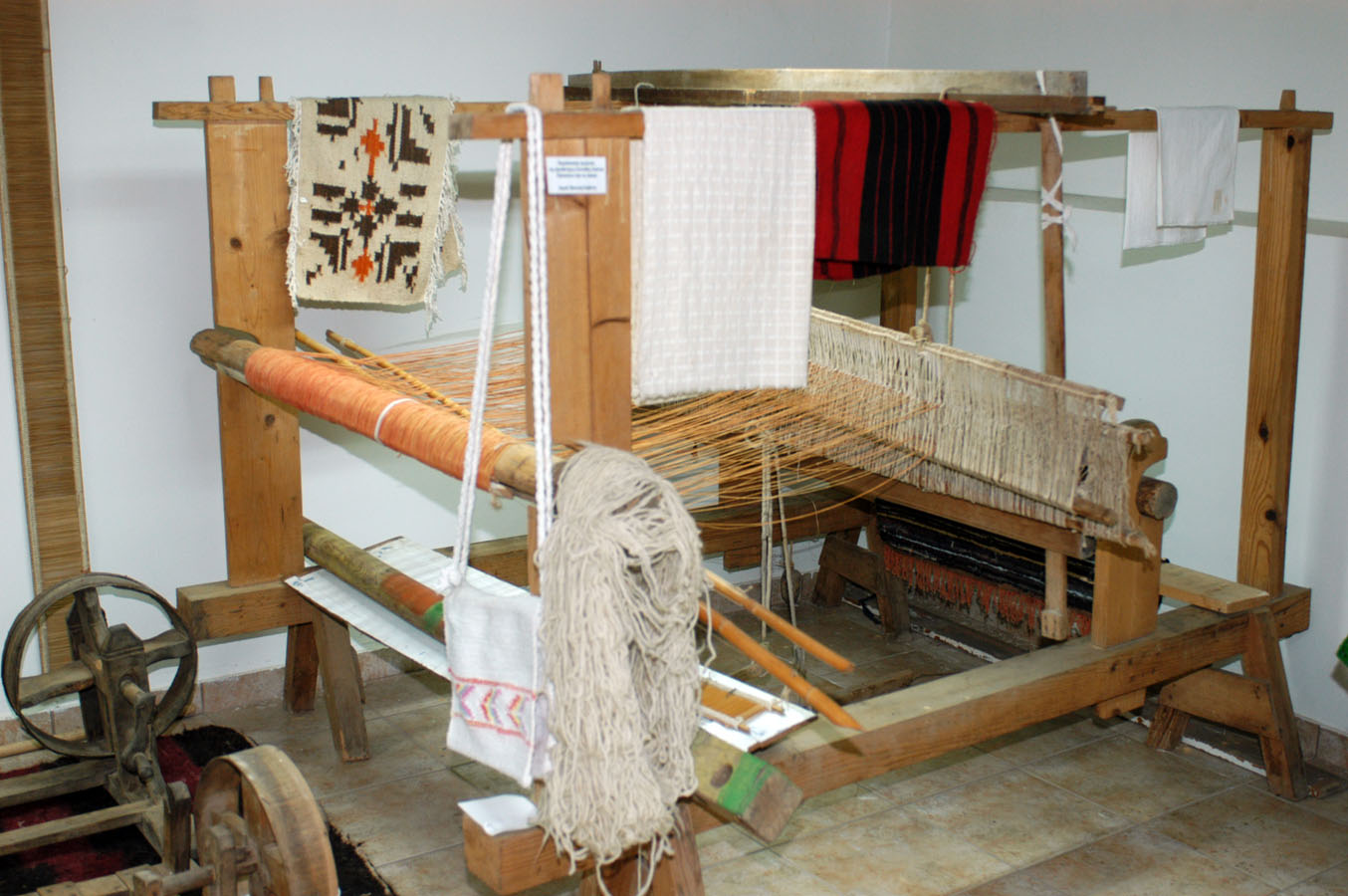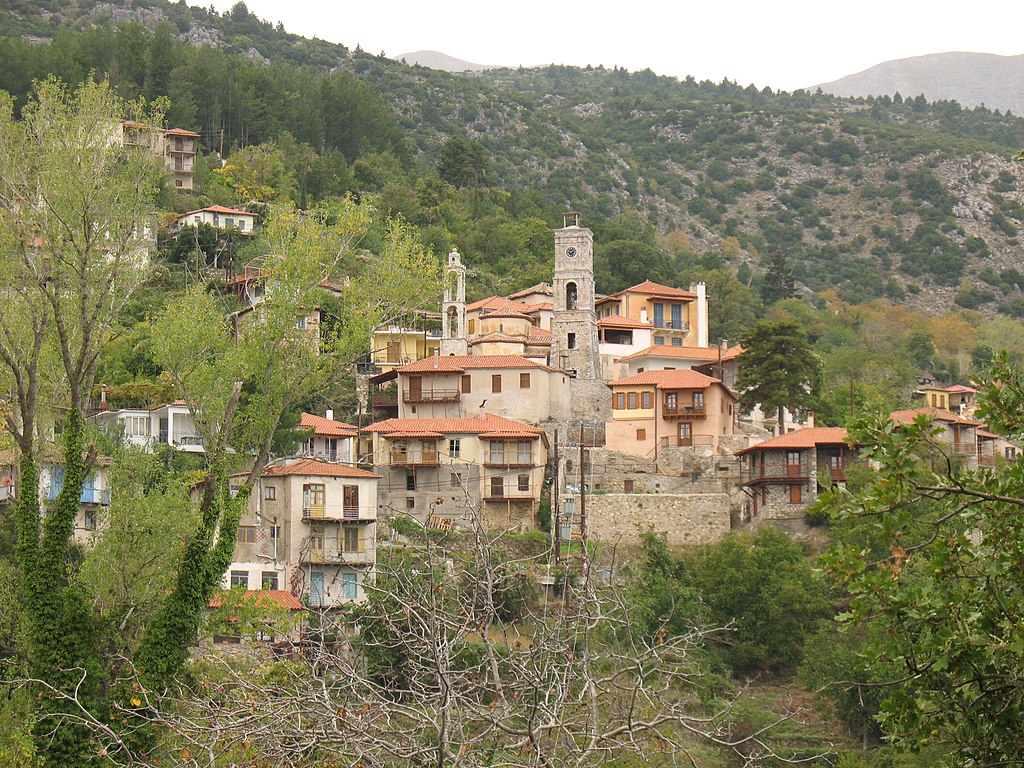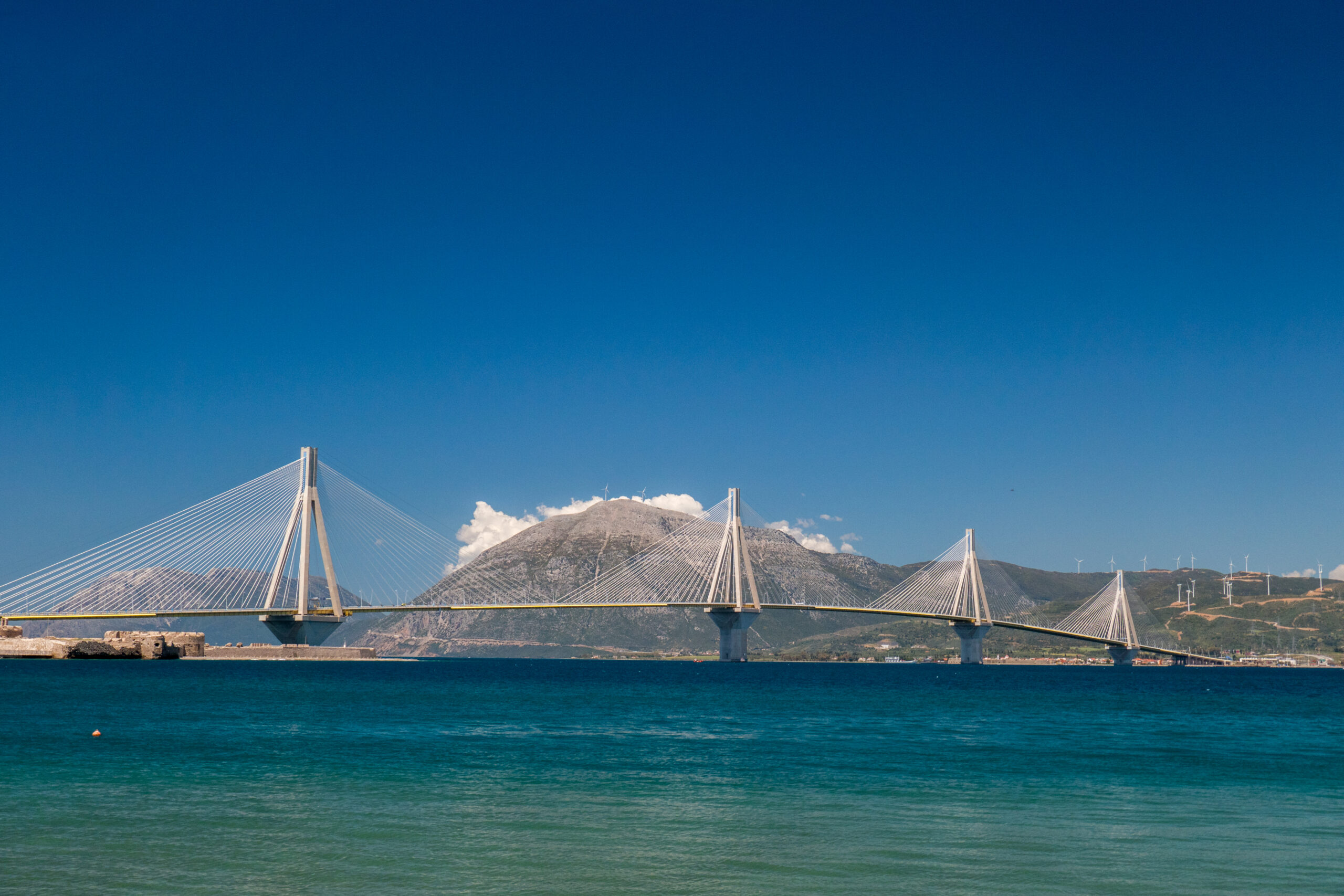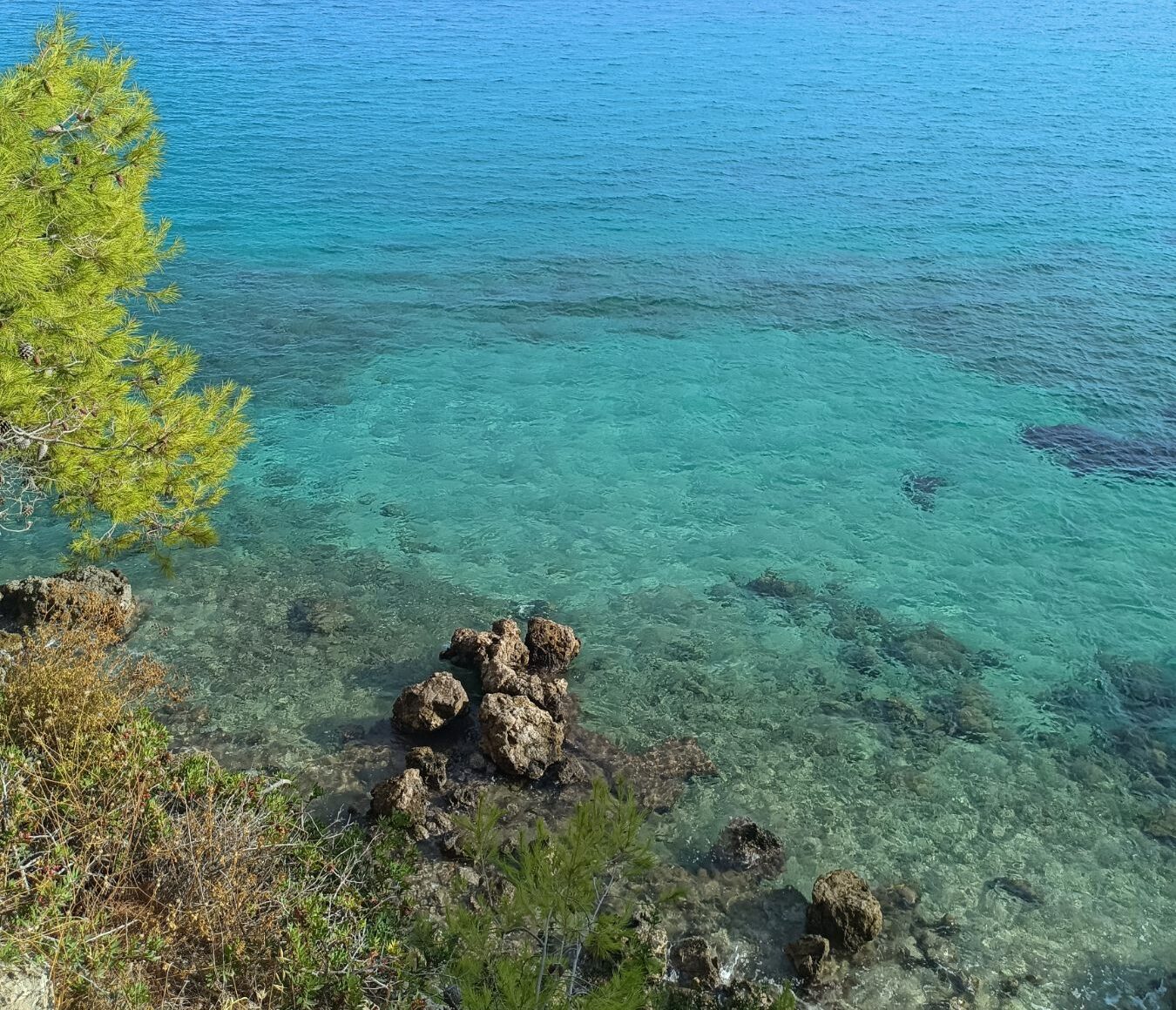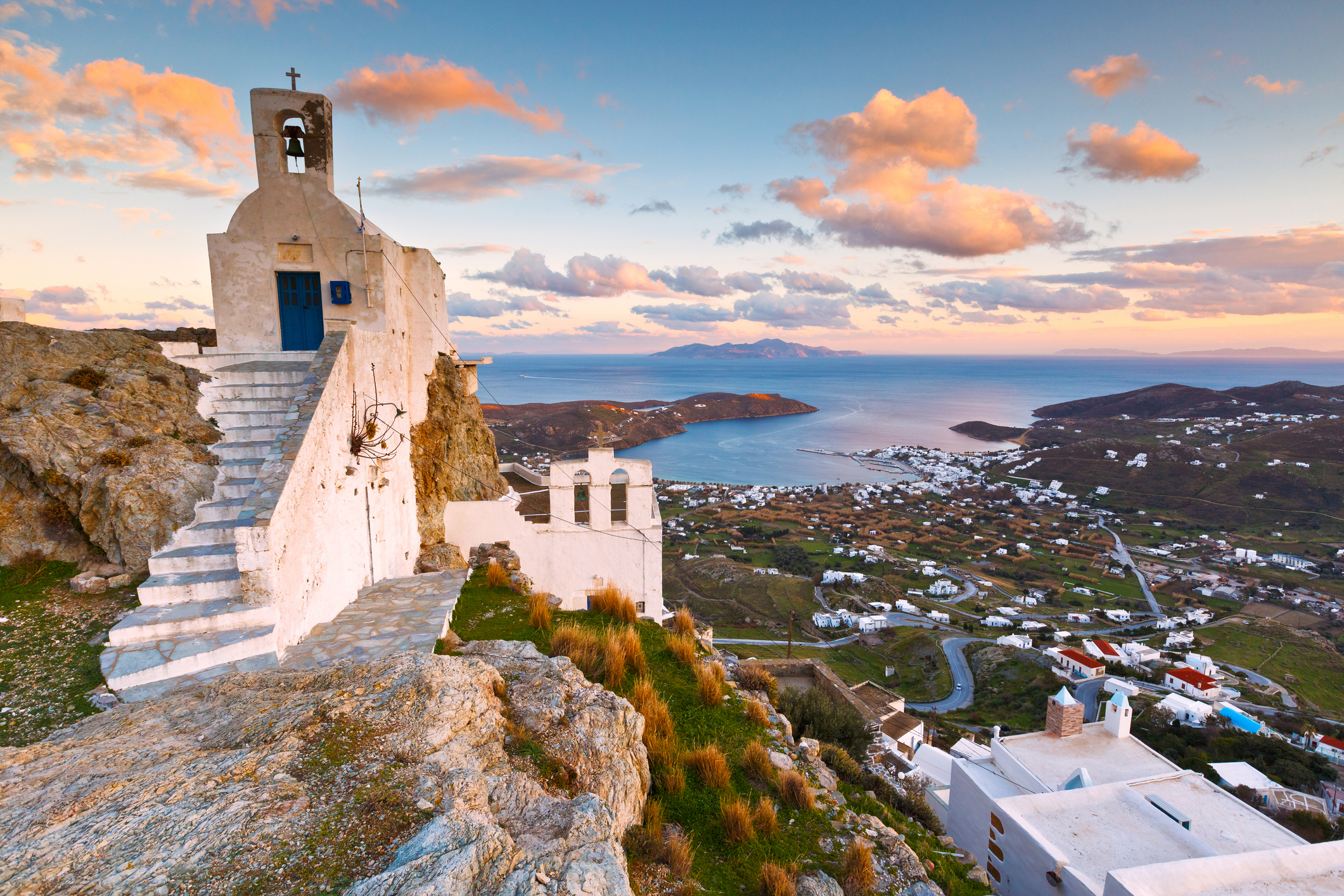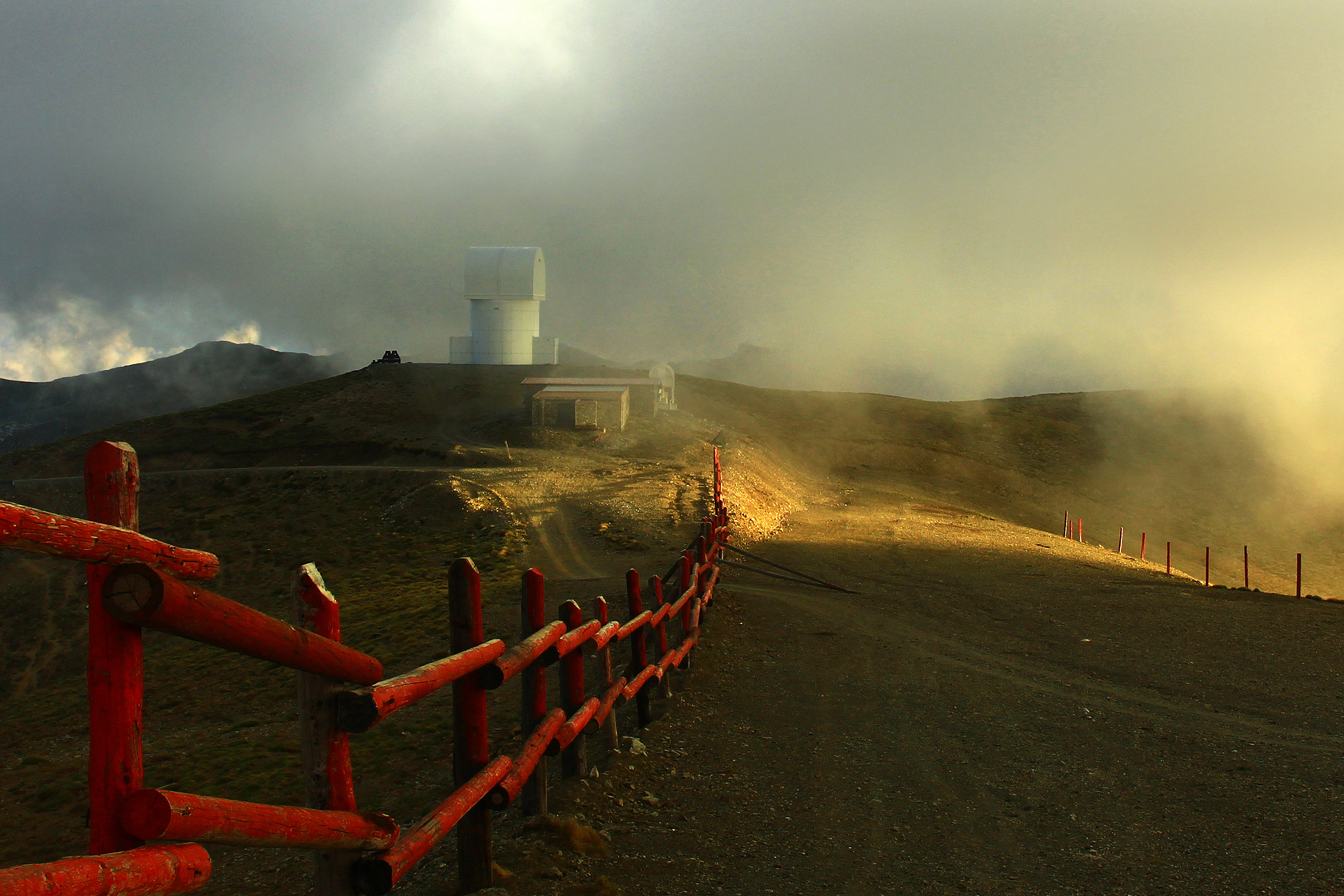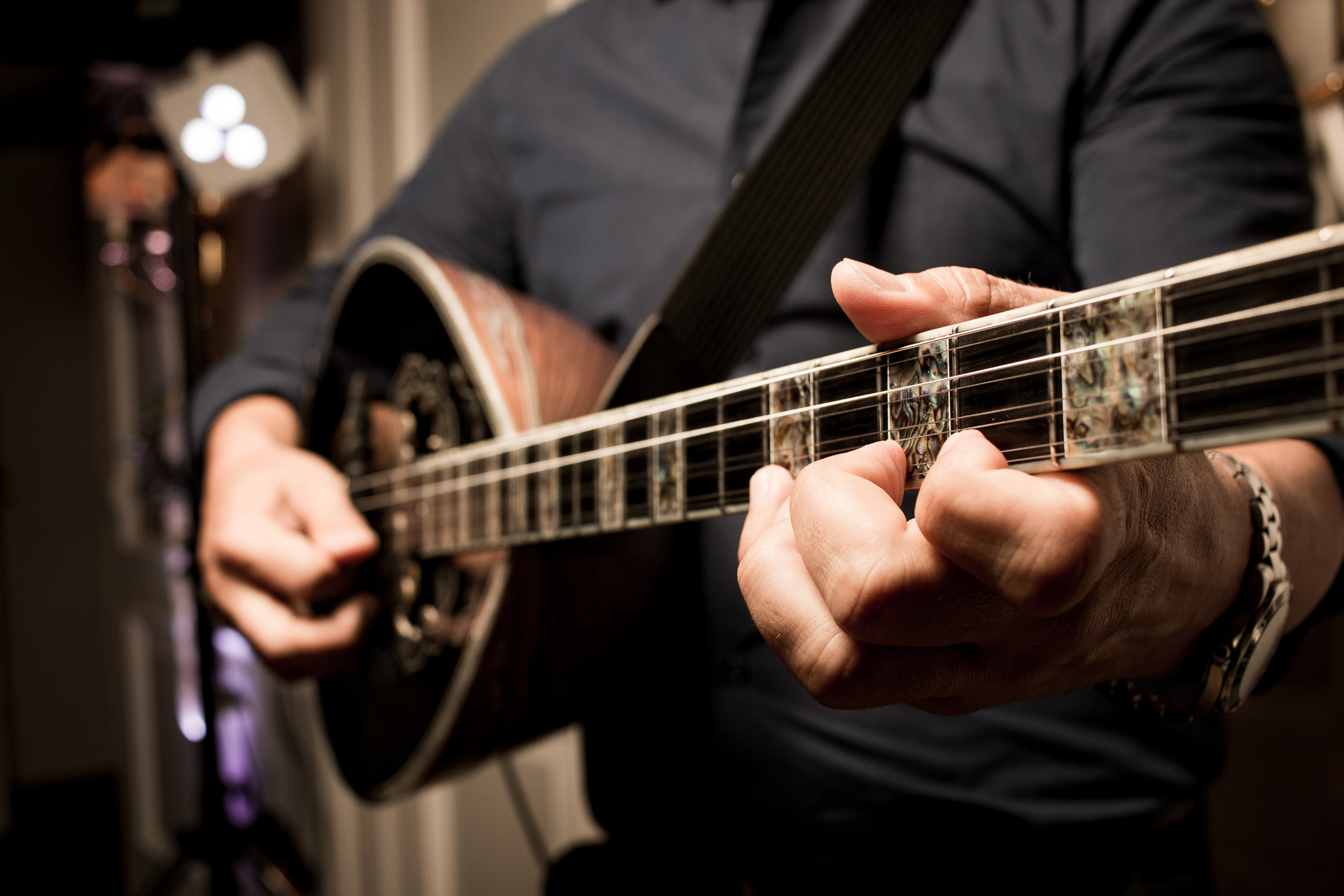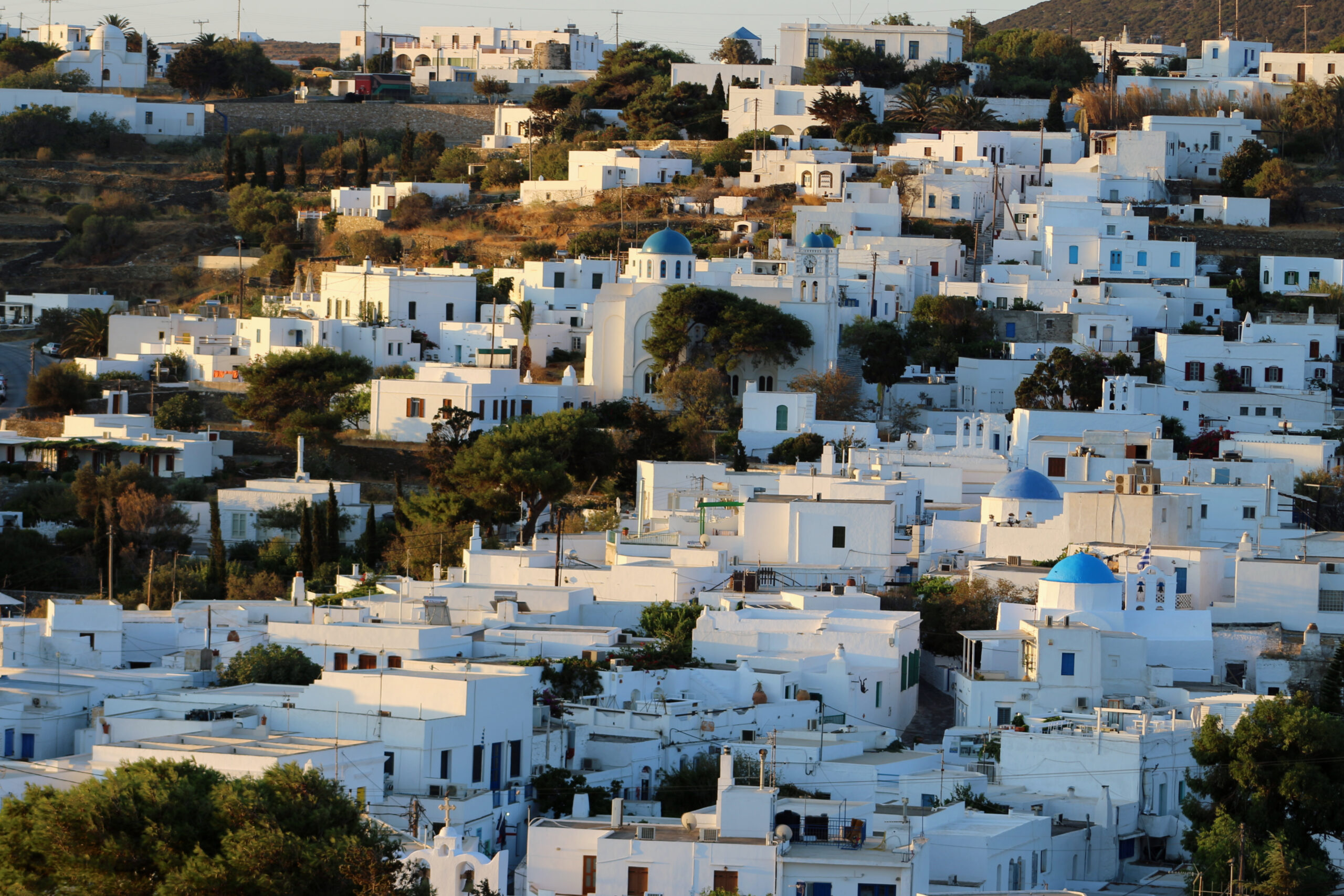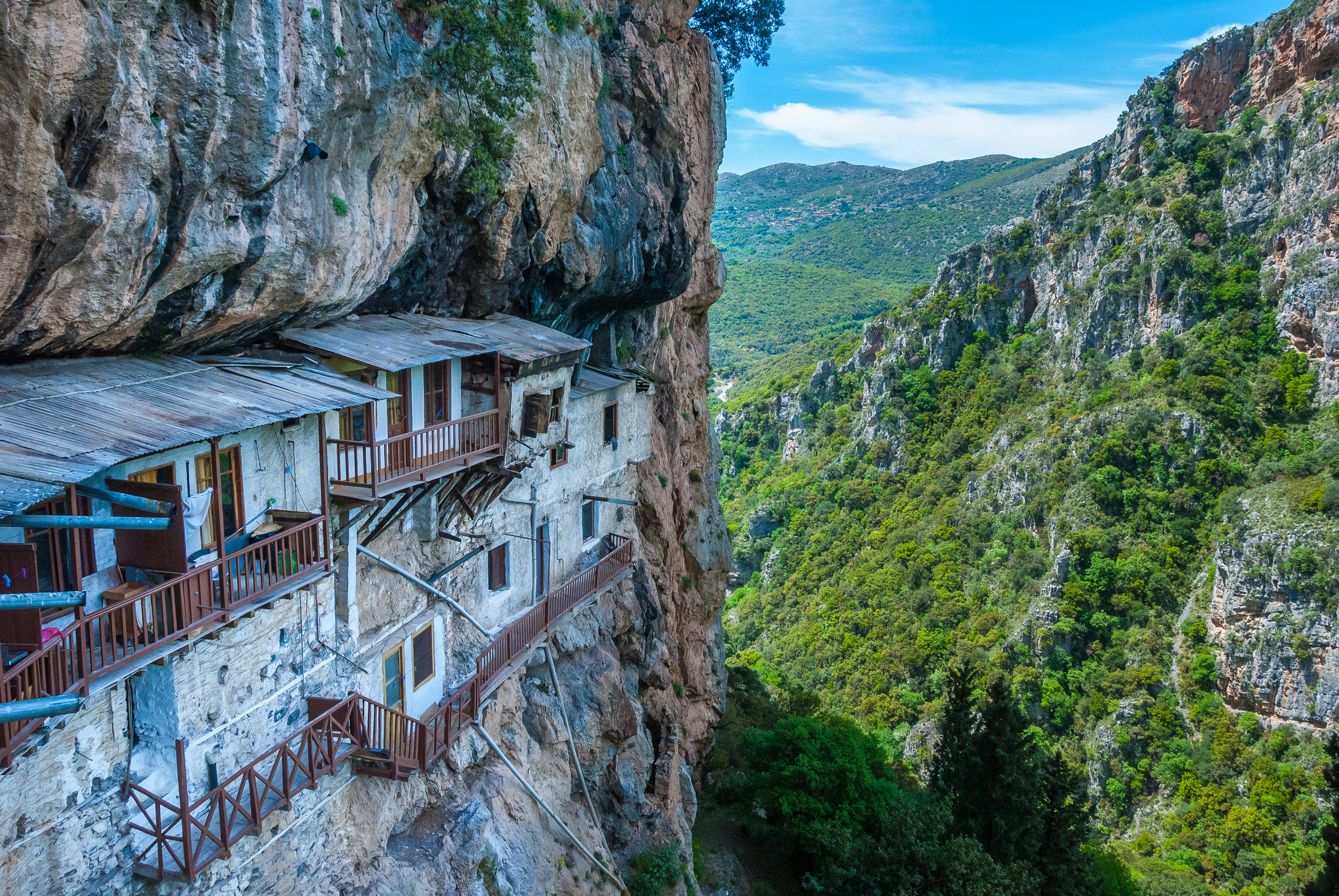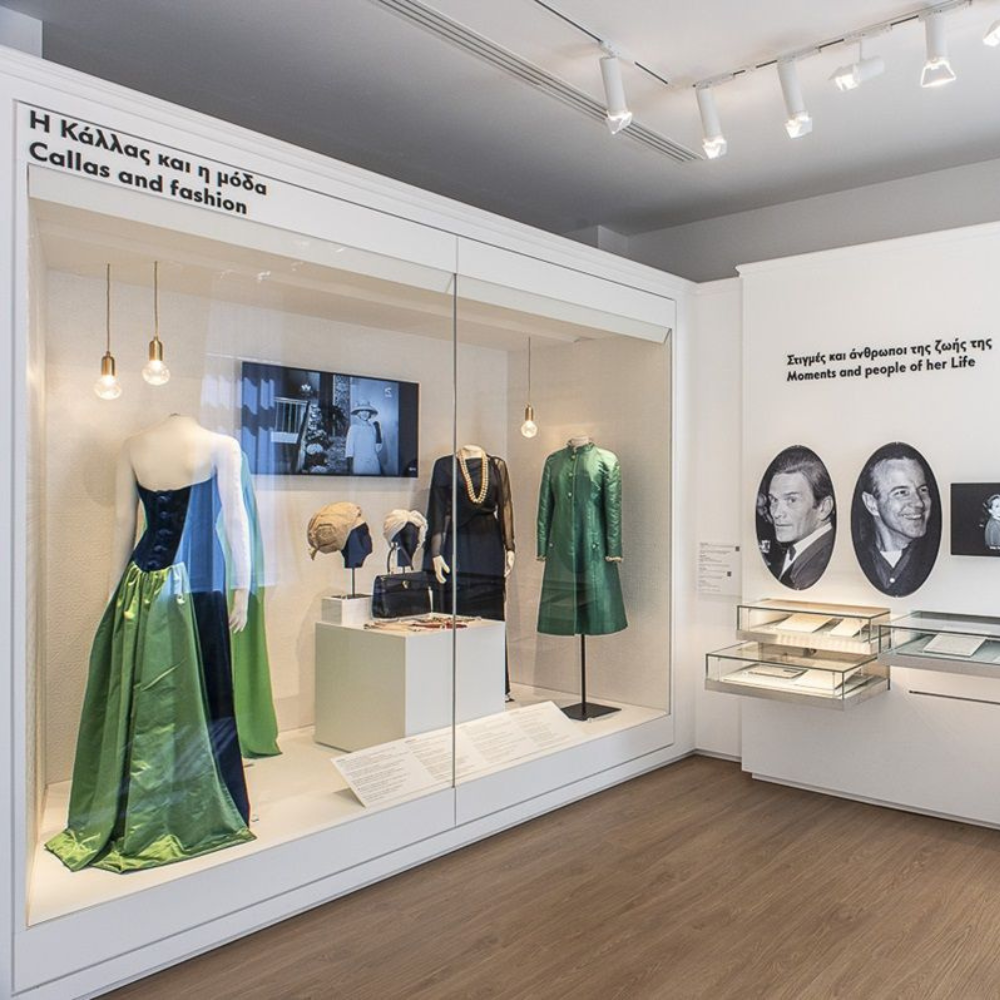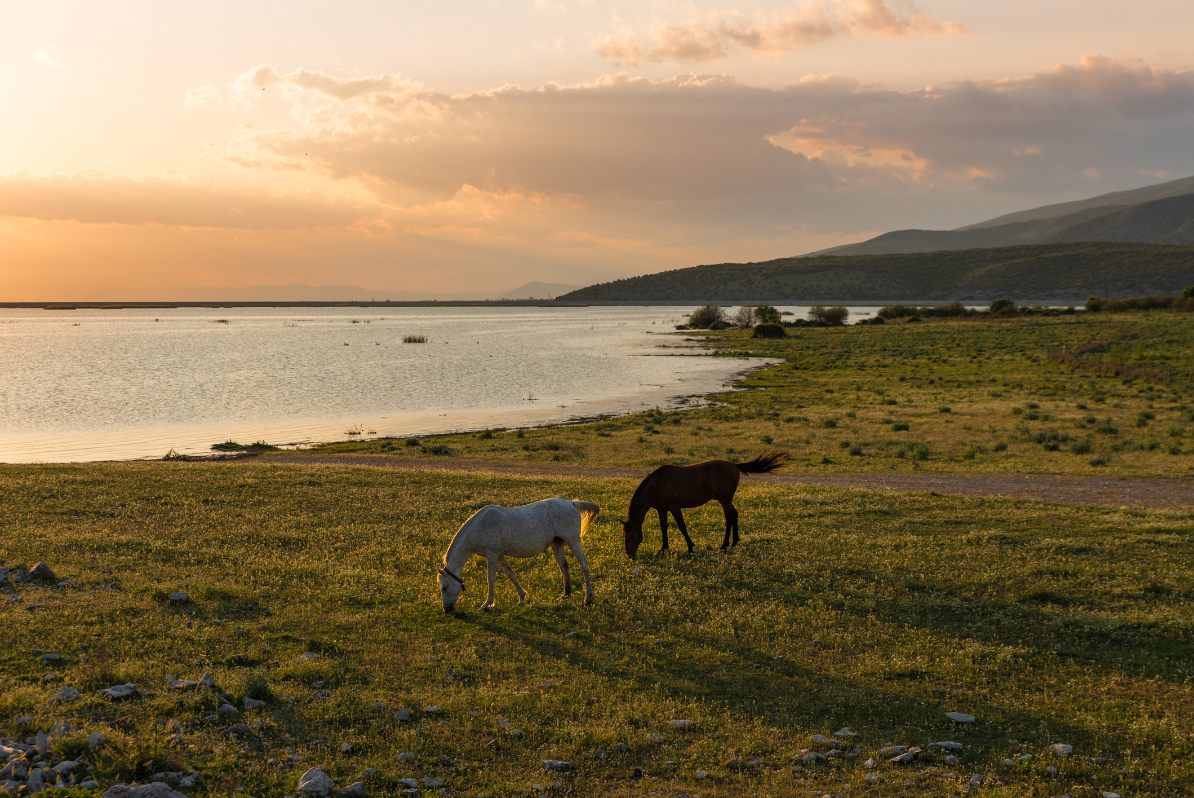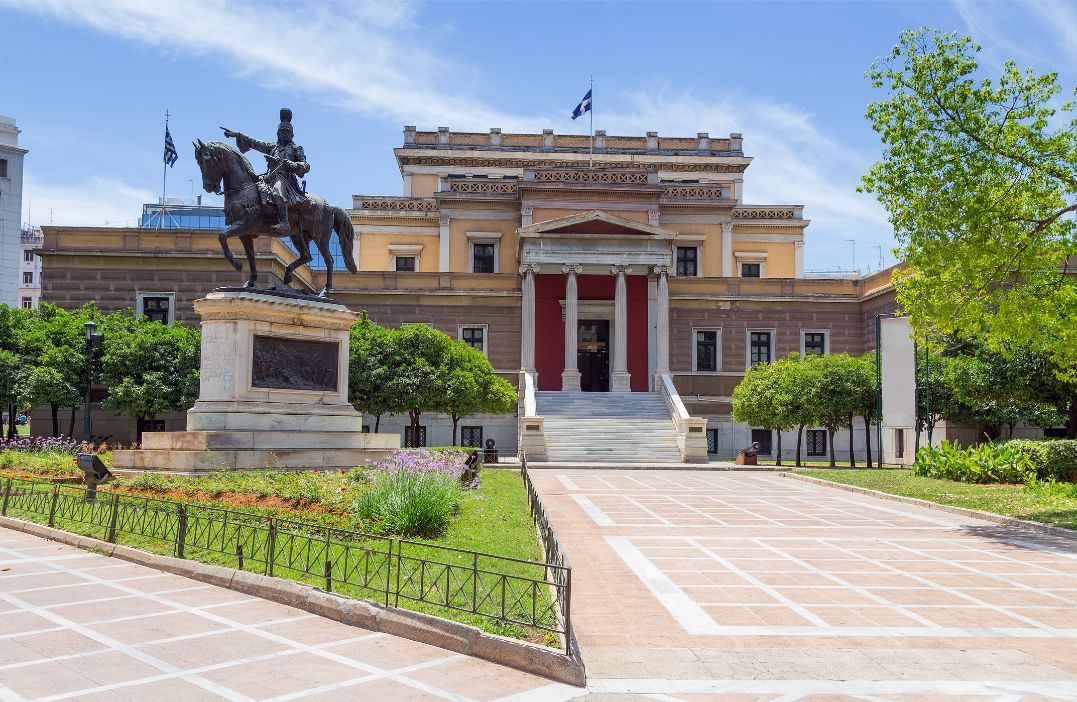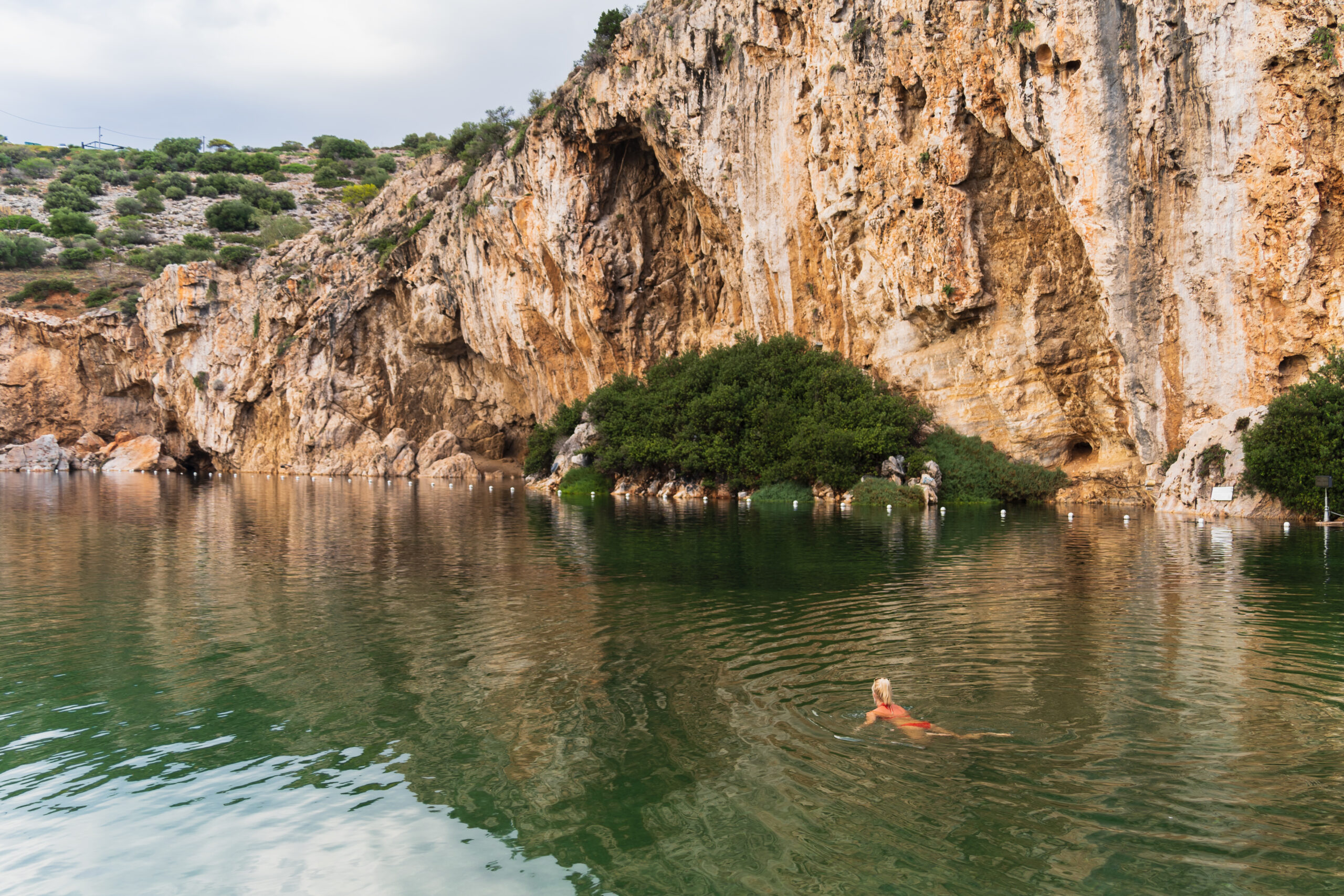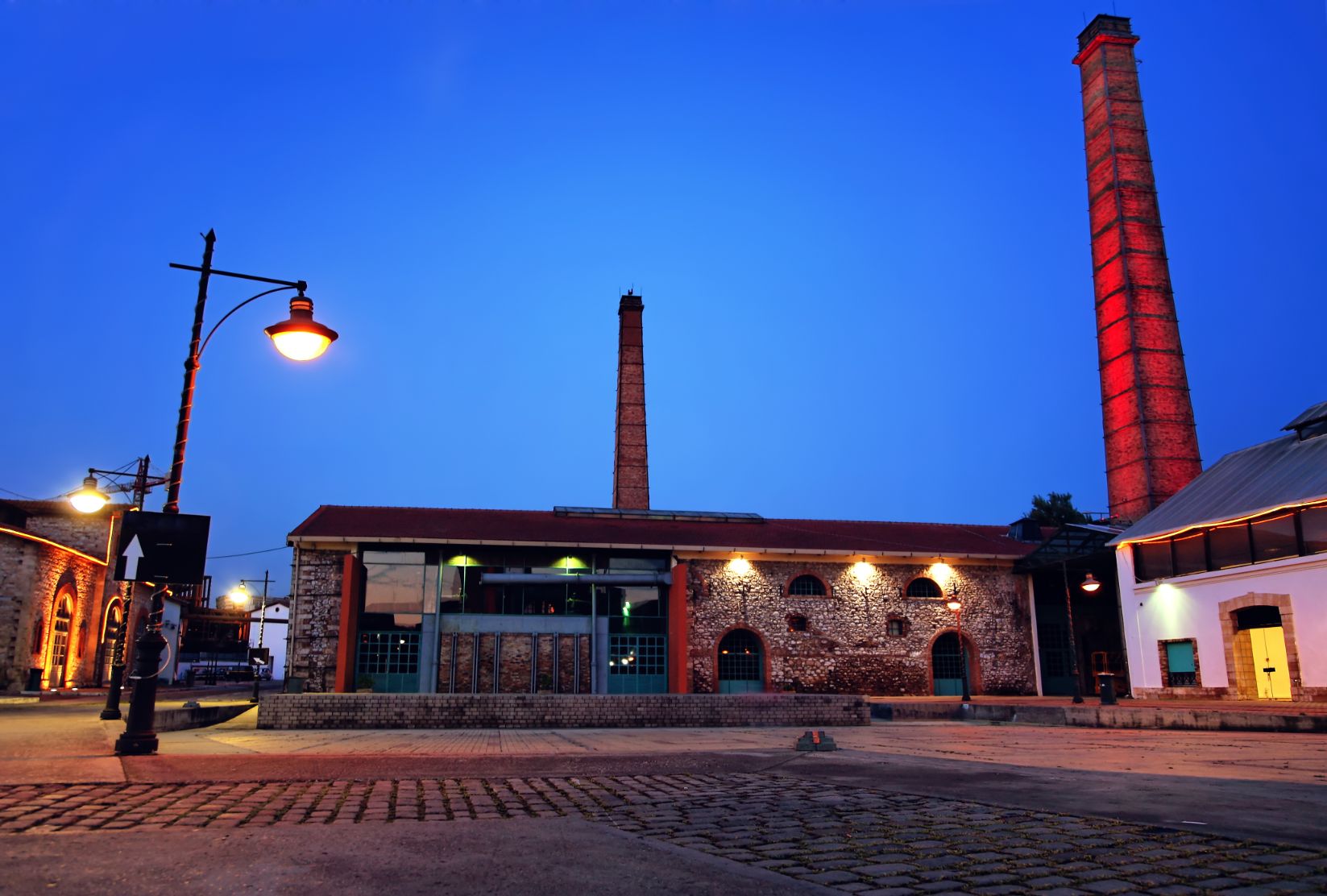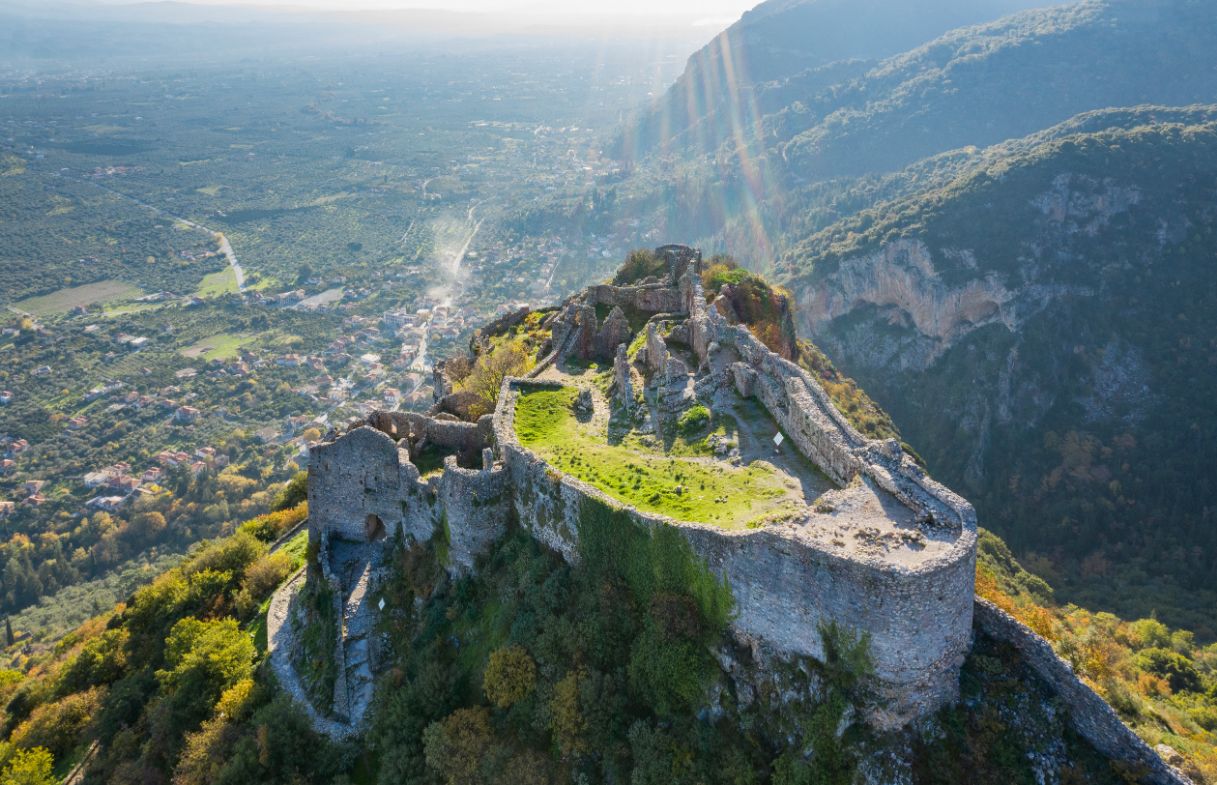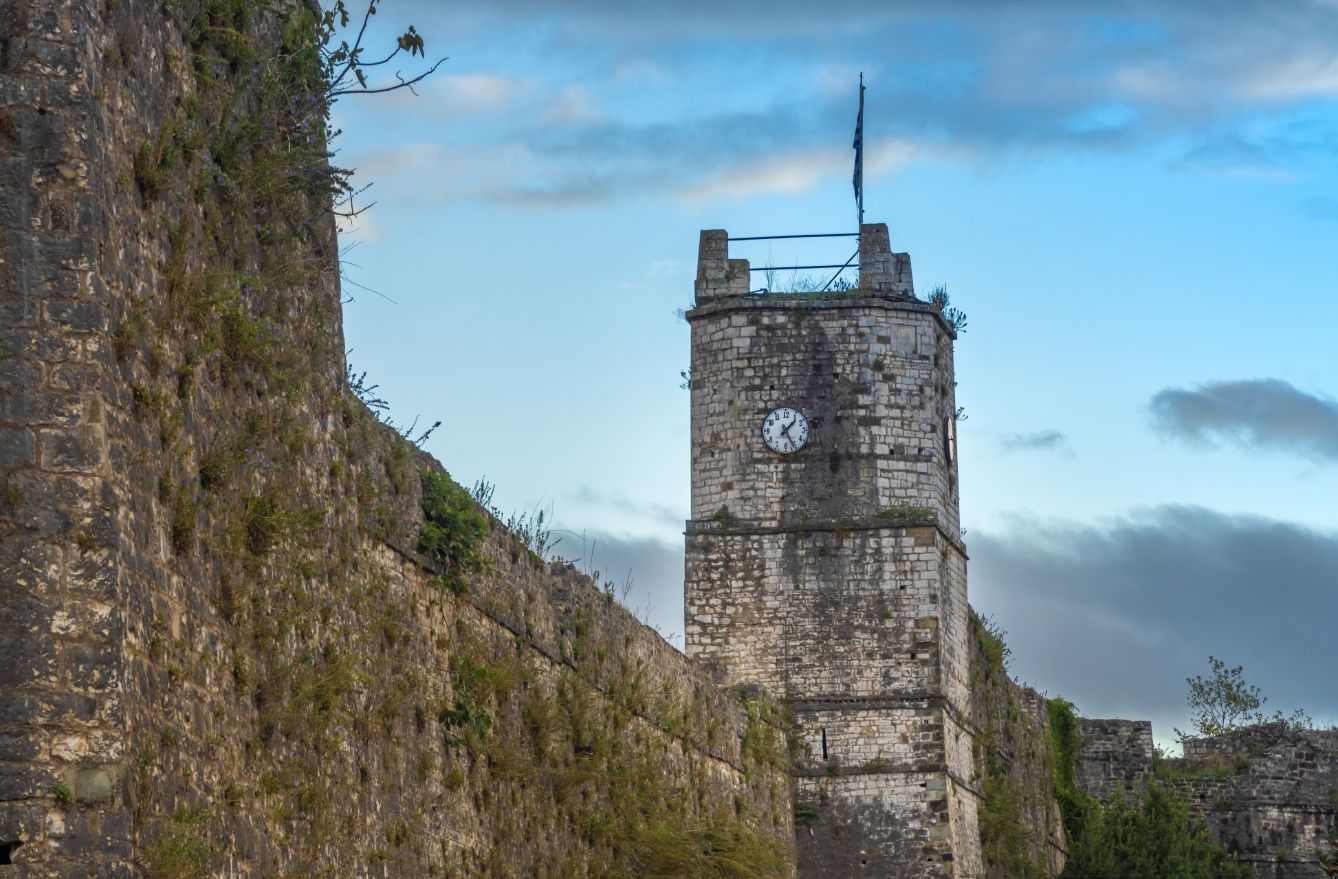Astypalaia’s windmills spin tales of empire, endurance, and rebirth
Perched gracefully along the ridge above the main square of Chora, the eight windmills of Astypalaia are among the most recognizable landmarks in the Dodecanese. Their whitewashed forms and circular stone bodies stand as elegant reminders of the island’s long Venetian past — a time when the Aegean was dotted with fortresses, watchtowers, and mills that caught both wind and history in their sails.
Astypalaia was under Venetian rule from the early 13th century until the early 16th, and it was during this Venetian era that the windmills were likely first built. All eight surviving mills belong to the xetrocharis type — a clever design whose wooden cap and sails could rotate to follow the shifting Aegean winds. For centuries, they ground the island’s scarce grain harvests and served as vital hubs of daily life.
Careful restoration has given these mills a new chapter. Several have been lovingly repurposed: one now houses the Tourist Information Office of the municipality; another hosts art and photography exhibitions; a third has become a small cultural and reading space, while others are maintained as living monuments of the island’s industrial heritage. Together they form a unique open-air museum that bridges Astypalaia’s past and present.
Today, the windmills remain a beloved meeting point. Locals and visitors gather on the stone benches to admire the sweeping views and the soft glow of sunset over the Aegean. It’s also where the island bus stops — so it’s no surprise that people still say, “See you at the Mills.”
Astypalaia’s Venetian legacy continues to inspire modern creativity too. A local craft beer named 8 Mills pays tribute to these enduring symbols, capturing in a bottle the same spirit of resilience and character that has defined the island for centuries.
References
Moutafi, D. (2017). The Eight Windmills in Chora Astypalaia, in Vakalopoulou M., Daniil M., Lampropoulos Ch., Fasourakis I. (eds.), Industrial Recording Sheets. VID Archives

